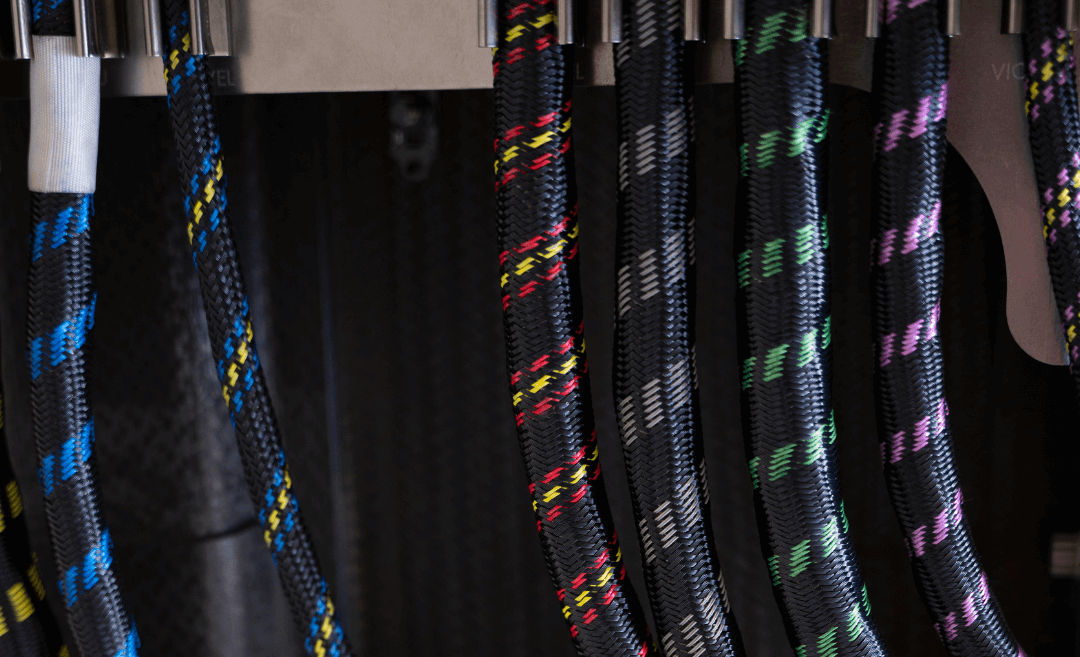To those of us who work as cable assembly manufacturers every day here at Technical Cable Applications, as soon as we learn about the application a client is needing, we will typically know whether a wire harness will do the job, and when a more robust cable assembly is required. However for just about anyone else who doesn’t work with cables every day, it’s likely that the terms “wire” and “cable” will seem somewhat interchangeable. It’s also even more likely that your average consumer wouldn’t know the difference between a harness and an assembly as those also sound very similar, and again wire versus cable sounds like you’re comparing the same thing. This will be a quick refresher on the difference between a wire harness and a cable assembly, and when one or the other is most likely to be used.
Wire Harness
Wire harnesses are the most basic way to configure any product or project that needs a couple or more wires strung together to connect one item to another. As long as the wires are in a safe place without extreme temperatures, pressure, or other physical danger, oftentimes this simple configuration of attaching a few wires together to ensure that everything will get the power or data transfer needed is more than sufficient. Wire harnesses are extremely cost efficient and will more than suffice for many indoor applications, or applications where the wires will be protected by a product’s pre-existing external shell or casing, i.e. computer servers or refrigerators.
Cable Assembly
The primary difference between a wire harness and a cable assembly is that a cable assembly will not have single exposed wires, and will always have multiple wires braided together and covered in some sort of protective sheath or coat. Cable assemblies are most important to use when there is no additional protection for the wires from the elements or when the connection has to hang rather than being precisely placed and mounted. This is because the protective sheath will ensure that the cables are protected from damage even if they are visible outside the product or machinery they are powering. Cable assemblies can be encased in all sorts of different types of protective materials for many different applications, so whether your cables need to continue working in harsh outdoor environments, or extremely hot factory/industrial conditions, there is a method and a material for your needs that will protect your cables and keep them working. Some industries use cable assemblies more frequently as well due to their general durability and the fact that protective sheaths can also prevent data loss, which is excellent for the military and medical fields who need both high durability and fast data transfer in emergency scenarios.
Hopefully this guide is helpful for anyone who is not familiar with the nuances between cables and wires. If you’d like to learn more, WHMA.org has an excellent guide they’ve published as well that is more in-depth than what we wrote here. Meanwhile if you are in need of a manufacturer for your bulk cable assembly or wire harness needs, please give us a call or send your cable drawing to us via our contact form so we can get started.
